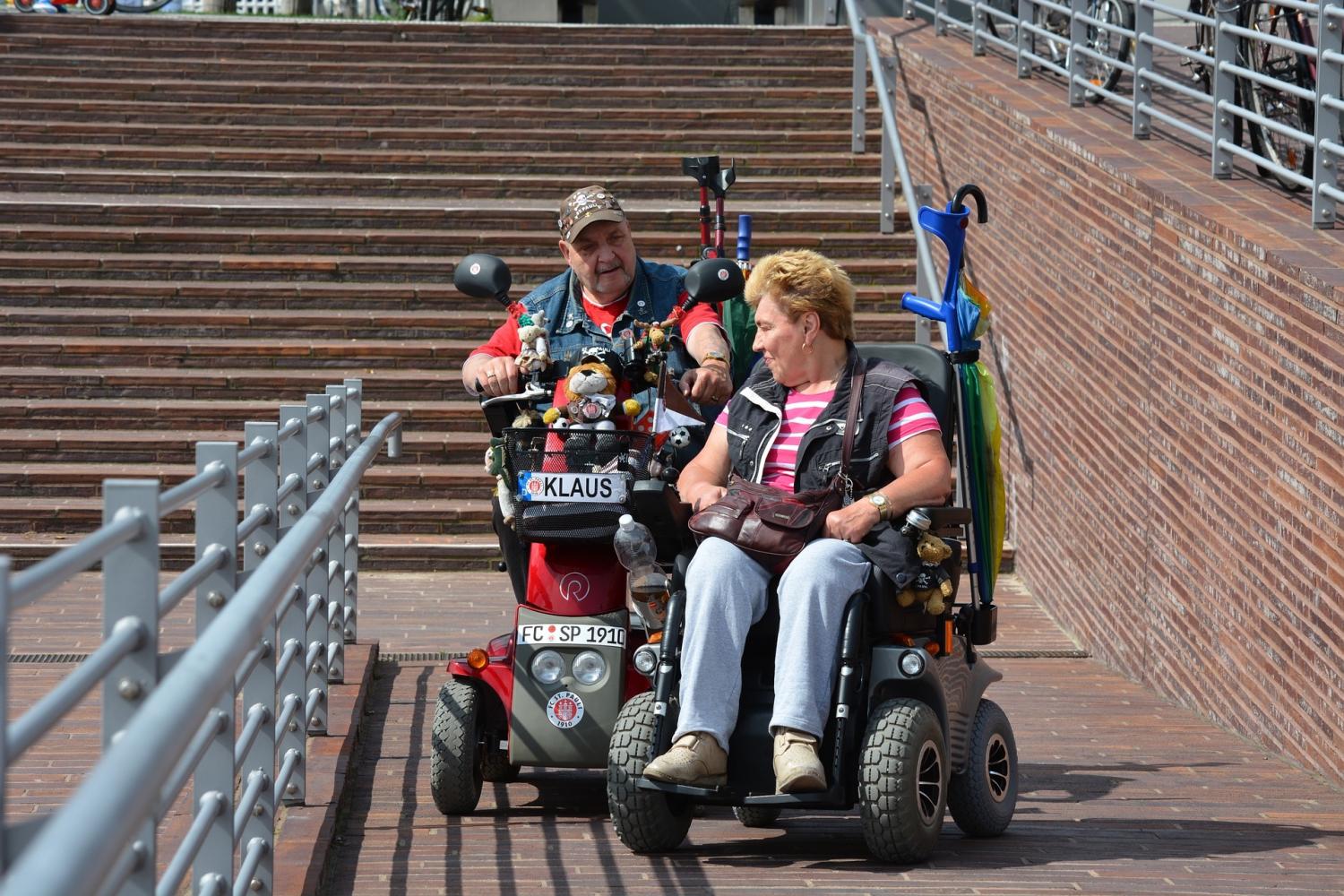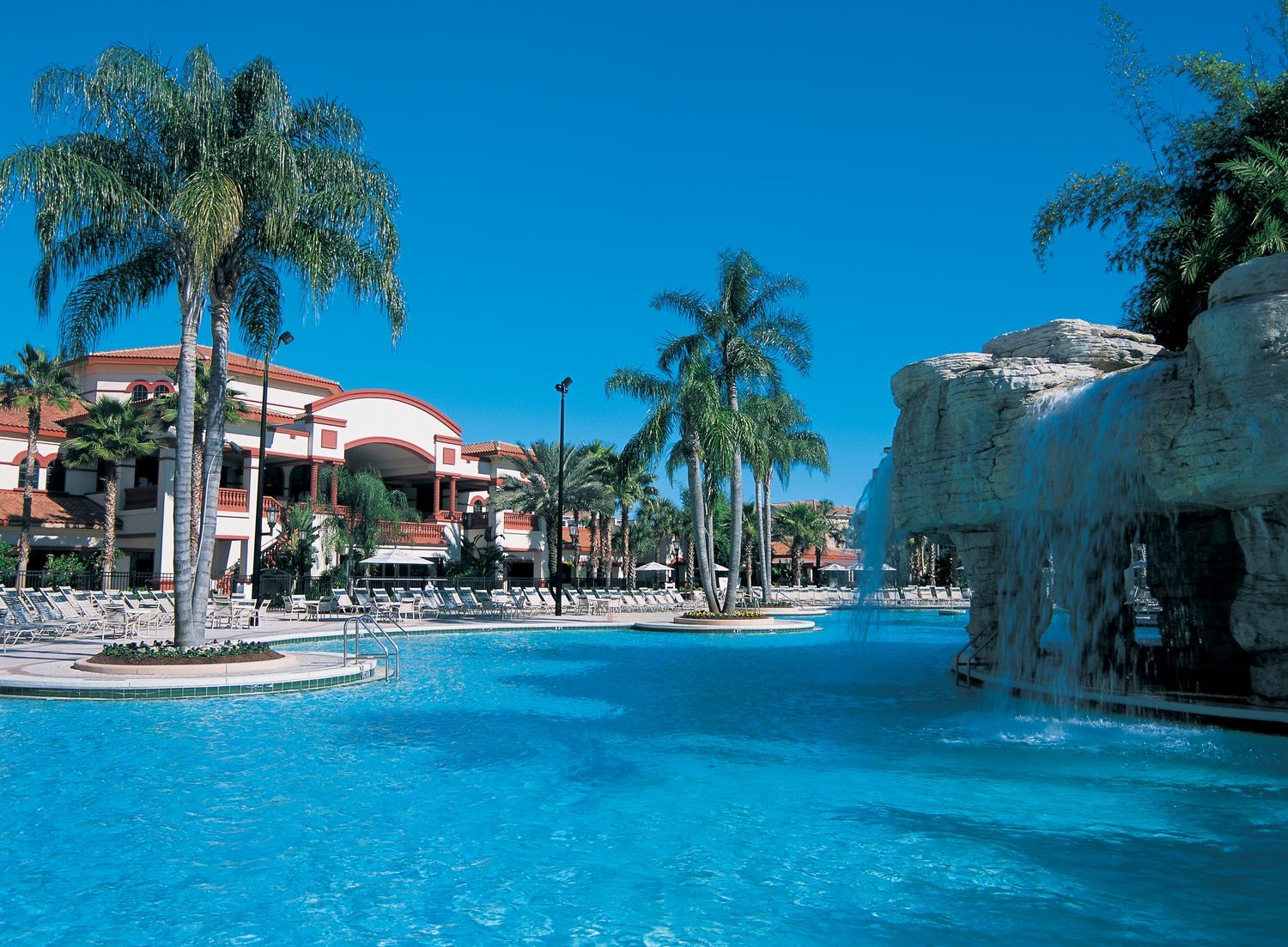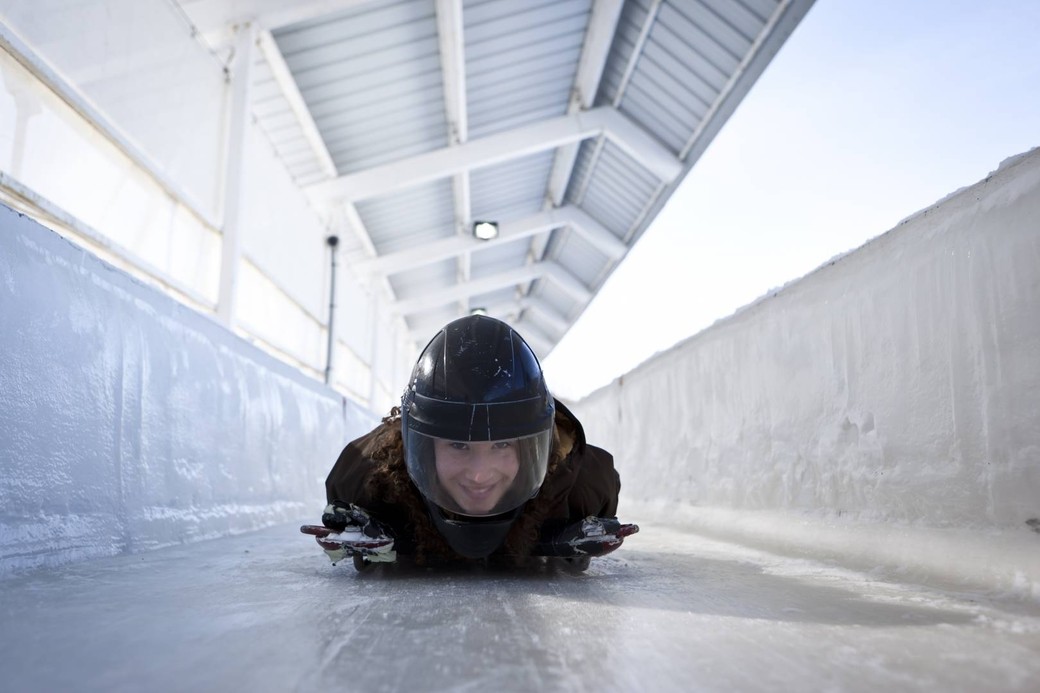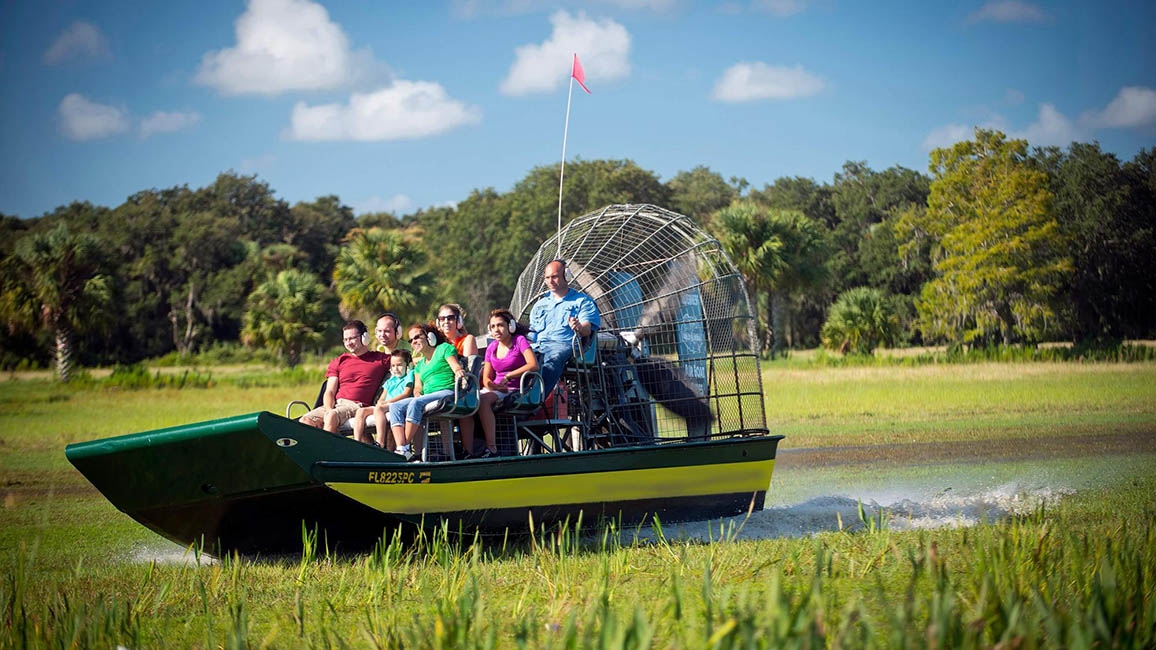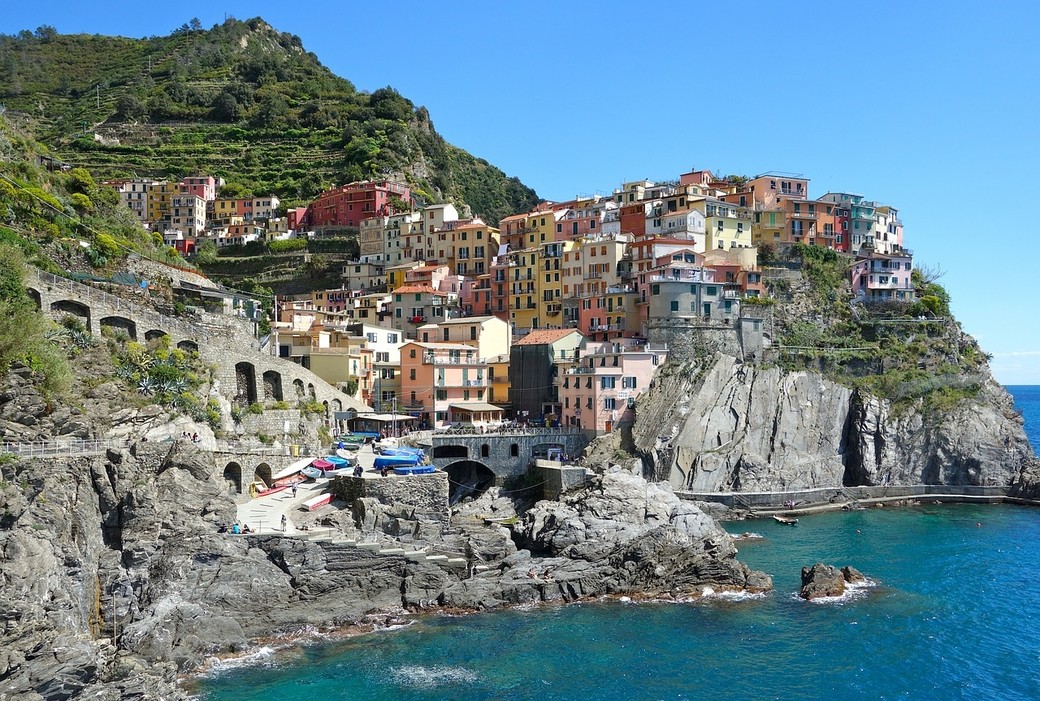
The Campania Contradiction
Naples and the Amalfi coast —History and a passion for excellence collide under gaze of Mount Vesuvius
 As our plane made its final approach over the Sea of Sirens the view of the Neapolitan islands of Capri, Ischia and Procida with their imposing rock faces dotted with cliff-clinging edifices and lush greenery dropping down to the emerald green sea below was enchanting.
As our plane made its final approach over the Sea of Sirens the view of the Neapolitan islands of Capri, Ischia and Procida with their imposing rock faces dotted with cliff-clinging edifices and lush greenery dropping down to the emerald green sea below was enchanting.
Our trip began in the complex and beautiful city of Naples. More than just the birthplace of pizza, Naples is a cultural and gastronomical mega centre. Originally founded by the Greeks, Napoli, as it is know to Italians, has been dominated by countless foreign invaders. The Roman Emperor, Augustus, was so taken by the beauty and bounty of the region that he built a fortress high on the cliffs of the Isle of Capri from where he ruled all of the Roman Empire. Later, the Normans then the Spanish controlled the city. Each left cultural marks that are visible in both the architecture and the language of modern day Naples.

Neapolitans says they live in a city of layers. In fact, if you descend 40 meters below the city there exits a labyrinth of tunnels, the remainder of the Roman aqueduct system, which was used as a bomb shelter during WWII. Consequently, there is no underground parking in Naples and the subway expansion is running way behind schedule as they keep uncovering ‘new’ ruins.
Back at street level, Naples is a seaport city and is the third largest metropolis in Italy. It is also the capital of the Campania Region — Campania meaning “fortunate countryside”. One could spend endless days exploring its historical castles and museums. A must see is the Museo Archeologico which houses artifacts excavated from the Roman ruins of Pompeii, Vesuvius and Herculaneum along with other artistic treasures. The Museo MADRE houses the city’s contemporary art collection and the Museo Capodimonte, originally intended as a hunting retreat for King Charles of Spain, is said to be one of the finest art galleries in Italy. Dating back to the 15th century, the Chiesa del Gesù Nuovo is both the name of a church and a square. With its fortified looking, diamond-encrusted façade, the church is unique to the Campania region. The Castel dell’Ovo, or the Egg Castle, is a 12-century Norman castle that sits 100 meters offshore on the site of the original Greek settlement of Megarides. Flanked by marinas, the castle affords great views of the fashionable seafood restaurants and hotels that line the boulevard along the Naples waterfront.

On the west side of the city sits the trendy suburb of Posillippo. From there, the view down to the historic city centre, as well as across to the islands and over to distant Mount Vesuvius, is spectacular. A good way to see the sight in Napoli is atop a double-decker bus. CitySighseeing Napoli offers many different routes with convenient hop-on-off, 24-hour service. We took a break from our tour and relaxed for a coffee and a pastry at the famous Caffe Gambrinus. Located in the Piazza Trieste e Trento, the café offers views of the Castle del Nuovo, a 12th century castle built for Charles I of Anjou, the then King of Sicily; the Royal Palace; the historic Galeria Umberto I and the famous opera house, the Teatro di San Carlo. Later that evening, we returned to Piazza Trieste and Teatro di San Carlo to see a performance of Verdi’s I Lombardi Alla Prima Crociata. Built in 1737, the theatre is a cultural gem. You are transported back in time as you sit in the elaborate, baroque, five-story theatre with its impeccable acoustics. Tall people beware, the doorways are very low.
 The next day we headed for the hills. We zigged and zagged up to the base of the volcanic crater of Mount Vesuvius. Best known for it’s explosive eruption in 79 AD which destroyed the Roman cities of Pompeii and Herculanum, it’s hard to believe that Vesuvius is an active volcano with over 3 million people living at its feet. Make sure you bring solid shoes and water for the steep 1000 metre climb to the craters edge. The view of the Bay of Naples from up top is wonderful.
The next day we headed for the hills. We zigged and zagged up to the base of the volcanic crater of Mount Vesuvius. Best known for it’s explosive eruption in 79 AD which destroyed the Roman cities of Pompeii and Herculanum, it’s hard to believe that Vesuvius is an active volcano with over 3 million people living at its feet. Make sure you bring solid shoes and water for the steep 1000 metre climb to the craters edge. The view of the Bay of Naples from up top is wonderful.

On the steep hill overlooking the bay of Naples we stopped at Casa Scola in Gragnano and lunched at this fabulous agri-tourism retreat. While we ate our host explained the tradition of olive oil tasting and demonstrated the techniques of rating olive oil. Similar to a sommelier of wine, the taster is accredited and can discern so much from what seems like a simple taste.
Leaving Vesuvius behind us, we drove down the Amalfi coast. A UNESCO world heritage site, this narrow, rocky coastal road with hairpin turn is undeniably breathtaking. Once a power house trading region that predated and rivaled Venice for wealth and importance, the Amalfi region now caters mainly to foreign tourist. We stopped in Positano, a resort town built on the terraced cliffs. The streets are too narrow to accommodate cars so hotel bus boys use golf carts to transfer luggage up to the main road. Unlike the white sandy beaches of the Caribbean, the beach here is beautiful but past volcanic activity leaves it looking almost black.

We spent the night in Sorrento, a quaint cliff/seaside city of 17 thousand inhabitants. It is filled with beautiful shops showcasing local porcelain and handiwork but is known more for its limoncello production. Stop for a tasting at I Giardini di Cataldo, a lemon orchard right in the centre of town. Sorrento is very popular tourist destination. It is wise to plan your visit before the peak season of summer.
On our way back to Naples, we spent a day exploring the ruins of Pompeii. Make sure to hire a guide at the entrance. They are so knowledgeable that they make the ruins come alive and are well worth the extra 11 euros. Look for the grooves in the cobble-stoned roads from the chariot wheels. Take a hat and lots of water as there is very little shade. This ancient city is quite large and you won’t want to miss a thing.
Our trip ended as it began, in Naples, enjoying the incredible culture and food of the city. The smells of lemons, the beautiful gardens along the coast, the breathtaking views, the spectacular sunsets, the incredibly fresh and delicious food, the compact streets, the rich the history and the proud people all combine to make the Campania region of Italy the trip of a lifetime.
Wining and Dining
Visiting the Campania region makes you wonder how we have become so removed from the production of our food.The Italians have an intimate relationship with everything they eat. They take immense pride in the freshness and purity of local meats, fish and produce. The result is the best food you have likely ever eaten and some of the best wines you’ll ever drink. We were fortunate to dine at restaurant Rosiello in the trendy end of town called Posillipo. The restaurant grew many of its own vegetables on the cliff below as well as growing grapes for its feature wine. The service was bar none. The food was so good it was like experiencing eating for the first time. The view across to the Isle of Capri was spectacular.
In Positano, we ate at Ristorante L’Incanto, located on the beach. The narrow streets do not allow for cars but the walk down is worth every step. The fish carpaccio was beyond excellent.
In Naples, we dined at La Tradizione on via R.Bosco. The service was top notch and the food was fabulous. The buffalo mozzarella was unlike any cheese we had ever eaten before. The local favourite seafood pasta was delicious.
In Sorrento, we stayed at the impressive Imperial Hotel la Tramontano and dined at its panoramic Restaurant Belvedere. The service was impeccable. The Maître’D was a Roger Moore look a like. The restaurant is a must for its breathtaking views of Naples, mount Vesuvius and the isles.

